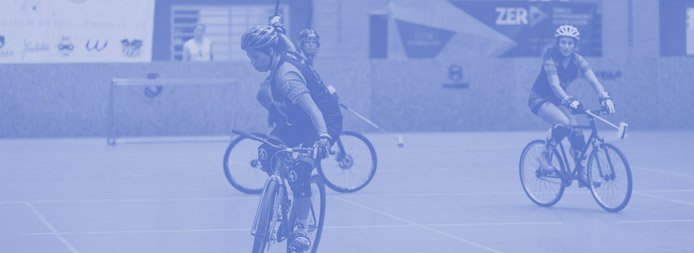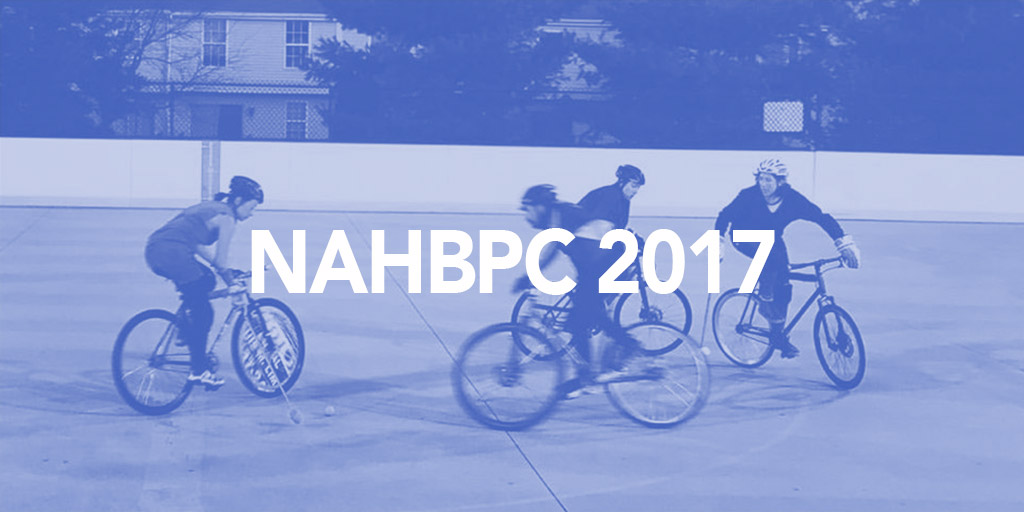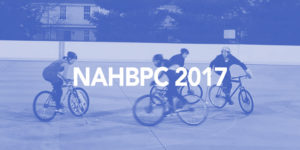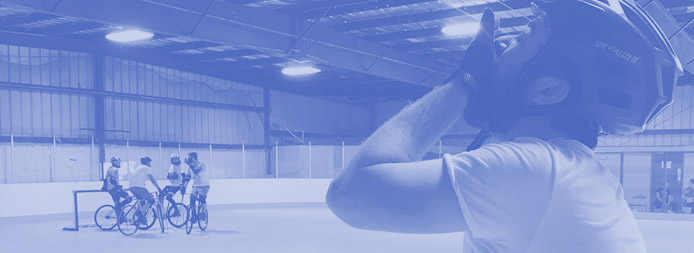Welcome to the official call for bids for the 2018 NAHBPC. This year’s call is going to be different than past years. As you might know last year the NAH brought an added level of support and collaboration to the NAHBPC than in past years. We helped create schedules for the tournament, we aided in the collection of team names and registration. We used our website and social media platform to distribute information and communicate to team captains directly.
This year we will be doing all of this and more. This year we will be giving out seed money to the club successful in hosting the 2018 NAHBPC. That’s right, we’re giving out money! Up to $2,275.00!
Here is a quick breakdown of the money we will be offering up to a host club looking to take on this years event:
| $500 | Winning bid (two courts) |
| $300 | Additional Courts (for each additional court) max 4 |
| $75/court | Lights (until at least 10pm) to a maximum of $225 |
| $50/court | Court Access (symmetrical squad ready doors) to a maximum of $150 |
| $100/court | Reffing facilities (elevated, covered stands with functional scoreboards) |
| 50% contribution | Free Food (match costs on food, snacks, beverages) max $100/day |
| $5/Game | Refereeing (for every game in the tournament we will front $5 for reffing) |
These are the financial perks we will be offering up to the host of the 2018 NAHBPC. This along with the support from our team and the skills of past tournament organizing, we feel any club in the NAH has the ability to take this on and we encourage you to submit a bid. Interested hosts should consider how else they would fundraise for the NAHBPC in conjunction with NAH funds. Bids should be submitted via email (mark@nahardcourt.com) with the documents provided here.
The 2018 NAHBPC should be held no earlier than September 21st and no later than October 22, 2018. If you would like to host outside of this time window, please contact the NAH Tournament Organiser to discuss the feasibility.
Regional Qualifiers
Like last year, we are using the new prorated ranking system for regional allocation which factors a region’s performance over the previous four years. For a more information on 2018 regional qualifiers, read more here.
For any questions regarding the bid process or the application form, please contact Mark Aseltine directly at mark@nahardcourt.com.
For questions regarding hosting the NAHBPC, please contact Jennifer Spencer directly at jennifer@nahardcourt.com or Matt Krofcheck at thiscarcrash1@gmail.com.
Photo by Carlos Hauck




